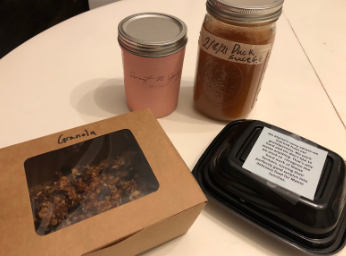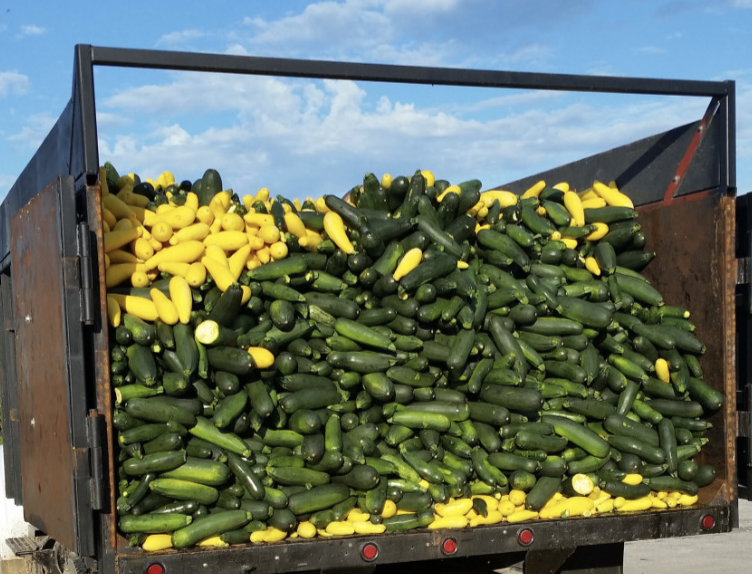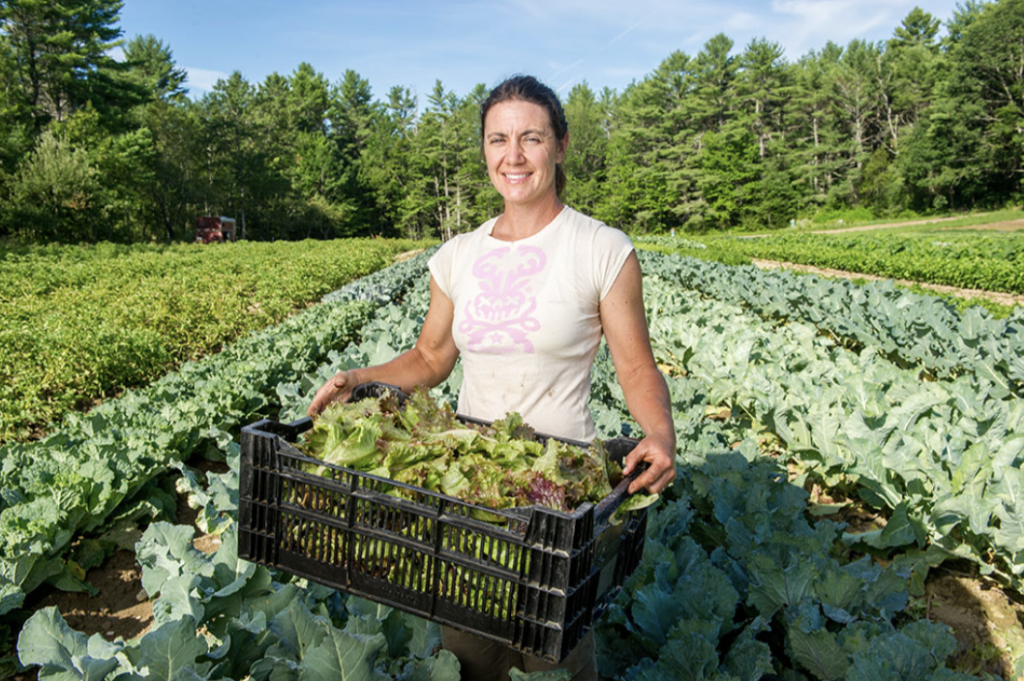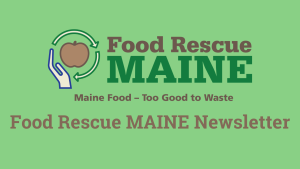Solution 4: Build Maine’s Food Processing Infrastructure
Why Solution 4?
How does building Maine’s food processing infrastructure work to end wasted food? Food is valuable and farmers work very hard to produce it, but without the proper infrastructure to support their harvesting, a lot of food will never reach the market.
A lot of this wasted food happens for three reasons:

Produce Seconds
A surprising amount of food does not pass standards and never makes it to grocery stores. Produce must meet certain aesthetic standards, and must be within a certain size range to fit on trucks.

Food By-Products
Processing produce often causes food by-products- this includes carrot peels or spent grains from brewing and can be used in what are called upcycled food products.

Surplus Crops
Farmers harvest surplus crops that are produced over and above what they expect. This means that farmers commonly don’t have a buyer or use for this surplus. As a result, this surplus often does not go to its highest use — human consumption.
“15.1% of total food waste in tons was wasted on the farm- that is 32.2 thousand tons!… Improving channels for seconds & surplus produce is the fifth most valuable solution to this problem.“
– ReFED, 2019
Solution 4 Tools & Resources:
- Upcycled food recipes
- Mainers Feeding Mainers Project Presentation (link)
- Maine Circular Food System GIS Map (COMING SOON)
Click through the images below to try these recipes!
Solution 4 Pilots:
Solution 4 Challenge Spotlight
How do we most effectively measure and use farm surplus?
We discovered this challenge while working with KVCC and Hannaford.
We needed to figure out how to get surplus food into the market to be used.
Hannaford hired a summer intern to try to find a solution to this problem by upcycling apples into applesauce from surplus harvests.
They found that processing apples on a large scale would not be possible because if they had any variability(like drought or disease), they would be unable to effectively keep up their operation.
Unfortunately, processing surplus harvest is difficult, because the amount and type of surplus food is too varied to set up a facility to process it.
For this reason, we decided to pivot away from finding processing solutions, and focus instead on finding new outlets and better distribution systems for fresh produce- through the help of resources like our circular food system map.
Want to Get in Touch with Us?
Want to get involved? Take a moment to fill out this quick form so that someone from the Food Rescue MAINE program can reach out to you.










